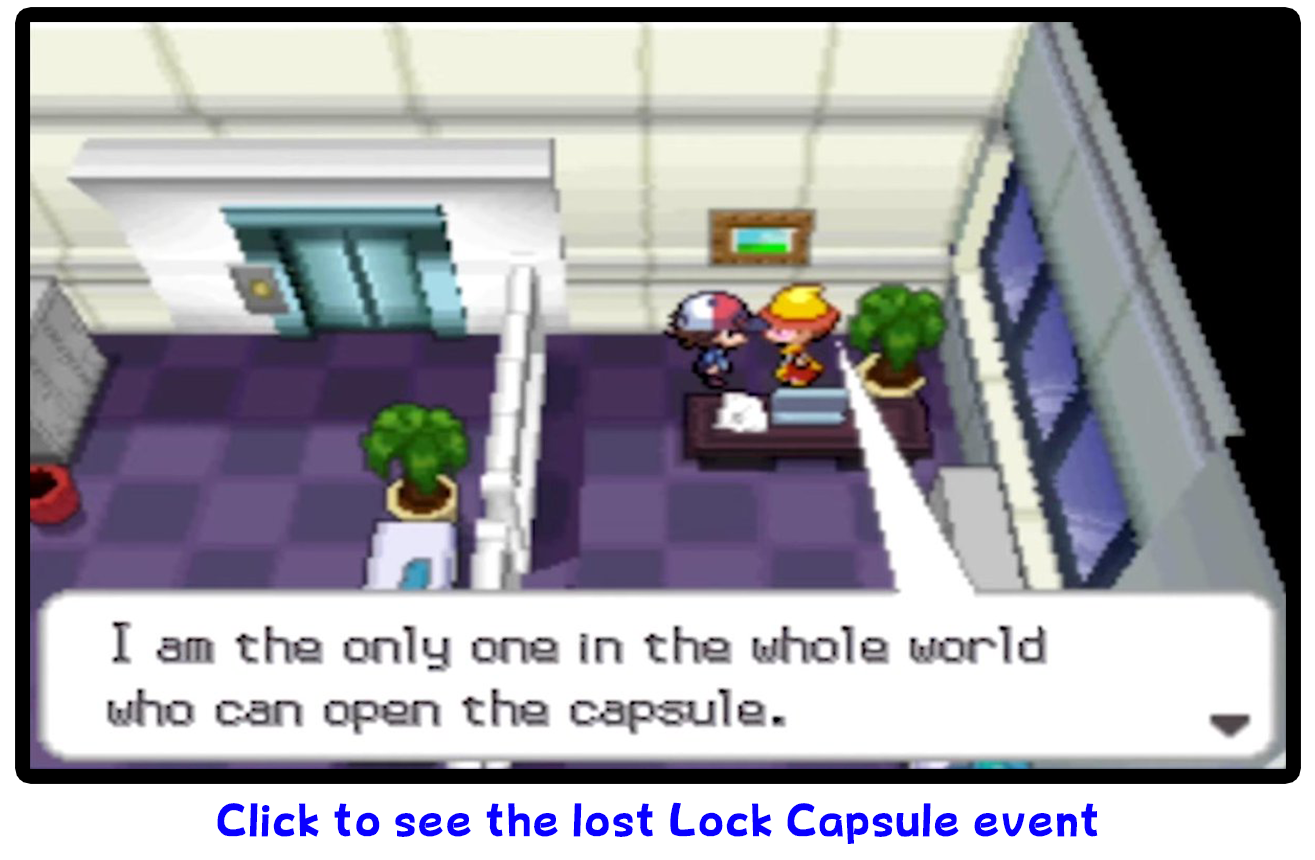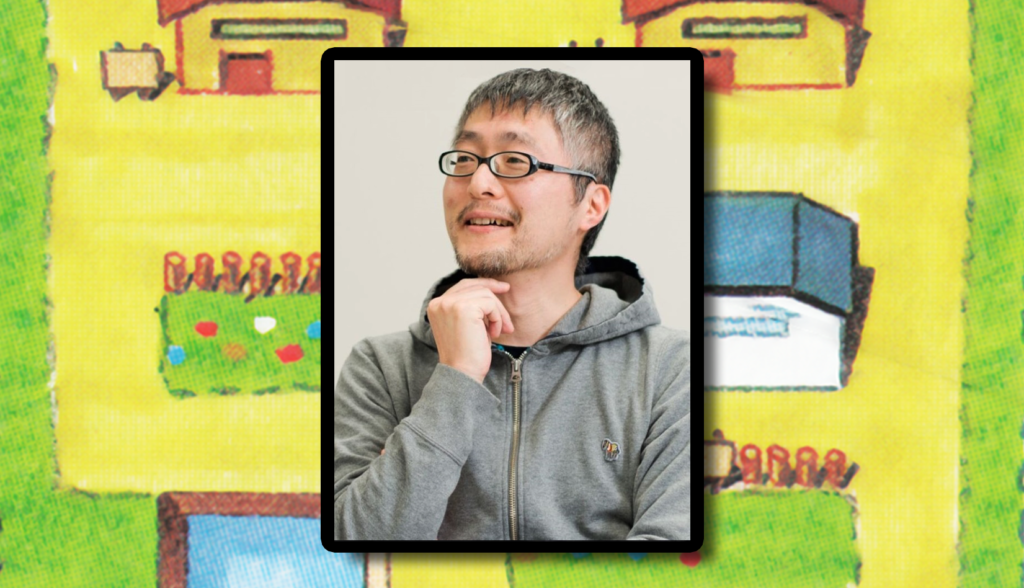
Interview: Sugimori & Masuda on Building Gen 1
Game Freak’s top devs explain Pokemon history

Written by Dr Lava • December 26, 2020
The following interview was originally published in the July 2000 edition of (Japanese publication) Nintendo Online Magazine, a few months after Gold & Silver launched in Japan. It features five Game Freak staff members reminiscing about how Pokemon came into existence, some ideas they cut in development, and lots more behind-the-scenes never discussed anywhere else.
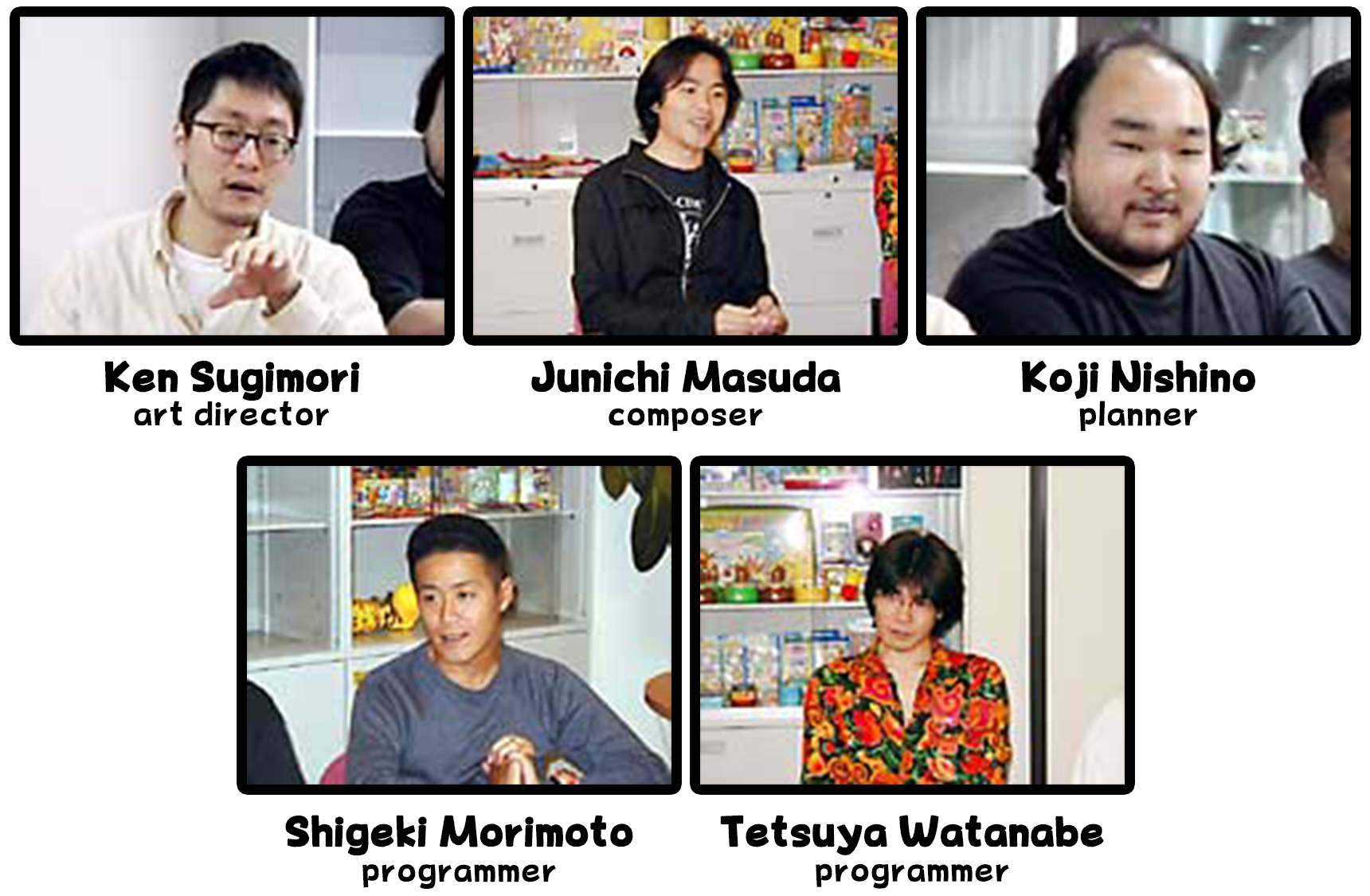
This interview was translated by the wonderful GlitterBerri back in 2011 — but since it’s one of the most important interviews in Pokemon history, I thought it was worth re-translating and analyzing based on everything we’ve learned in the two decades since its original publication. After all, translation is an art, not a science — so for this translation, I commissioned my Japan-based interpreter Anthony Madry. Okay so with all that said, let’s jump right into the interview.
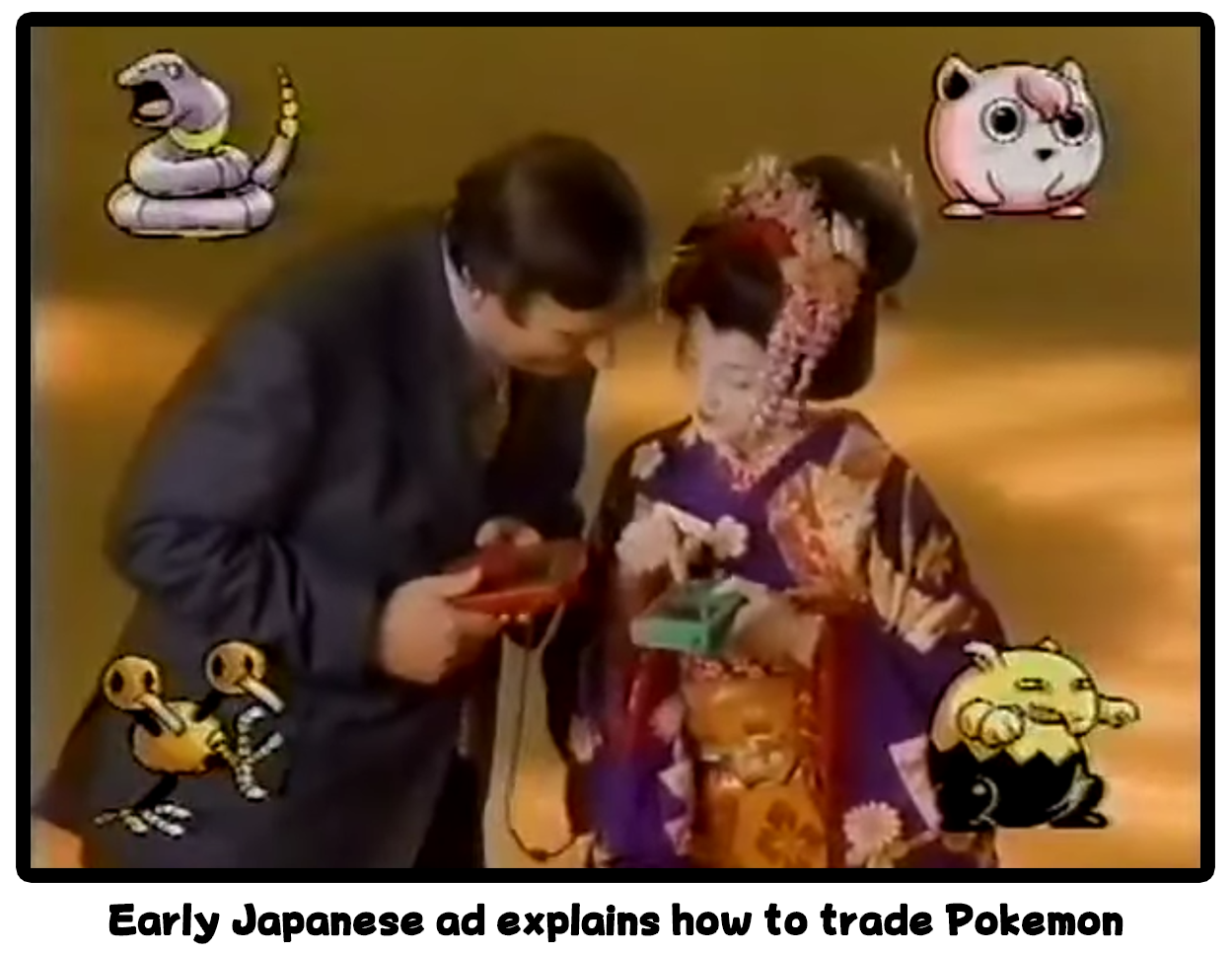
Making the Game
“When Satoshi Tajiri first told you his idea for Pokemon, what was your initial impression?”
Sugimori: “The Pokemon concept was inspired by the Game Boy itself. Tajiri suggested it would be interesting to use the Game Boy Link Cable for trading, because up until then it had only been used for players to compete against each other. He explained it would be like how we used to trade Menko cards back in the day. It instantly sounded like an amazing idea, but we weren’t really sure how to make it a game at first.”
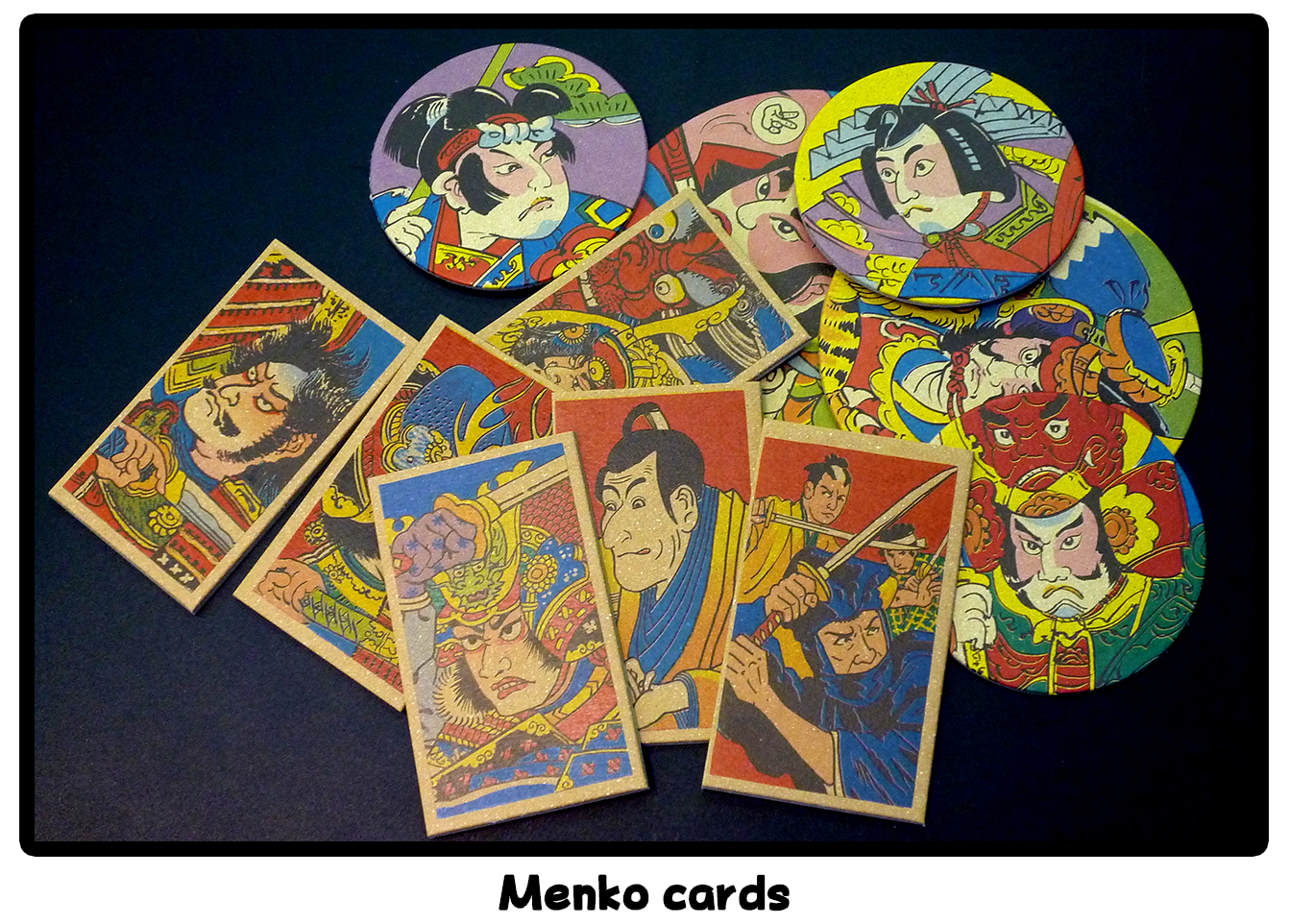
Dr Lava’s notes: Menko is a card game that’s been popular in Japan since the Edo period (1603-1868). The style of cards reflect Japanese culture at the time they were printed — hundreds of years ago they depicted samurai and ninja, then in the World Wars era they were often military-themed, like fighter jets and battleships. But when Tajiri and Sugimori were kids, Menko cards were typically emblazoned with artwork of popular manga and anime characters.
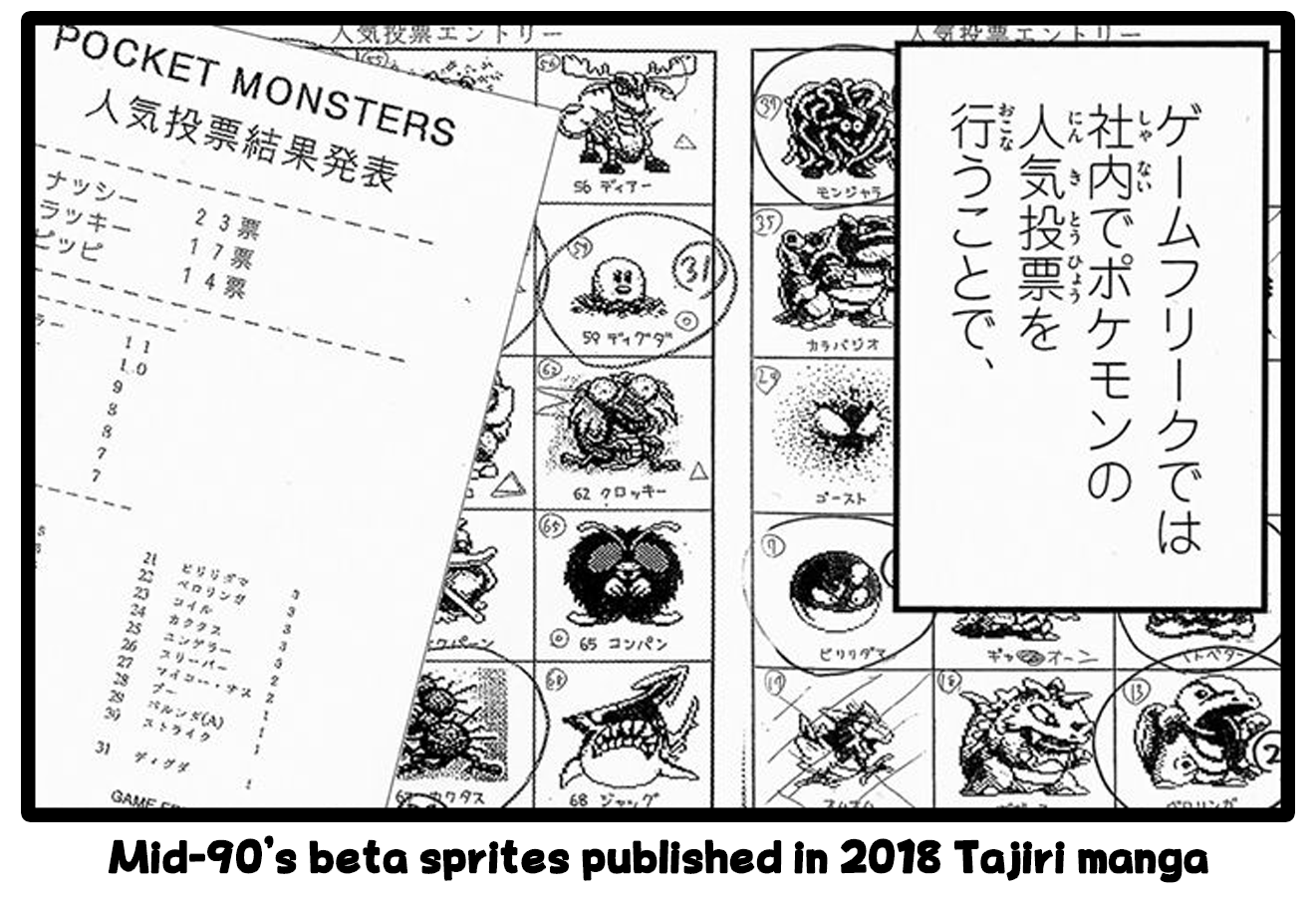
“If you want players to trade something, you have to make that thing desirable. Is that when you came up with the idea of fascinating creatures?”
Sugimori: “That’s right. All the staff members — about 10 people at the time — came up with ideas for Pokemon. Everyone had their positions: programmers, graphic designers, planners, etc… but everyone pitched in and helped out on pretty much every aspect of the game. Pokemon’s made up of ideas from every staff member.”
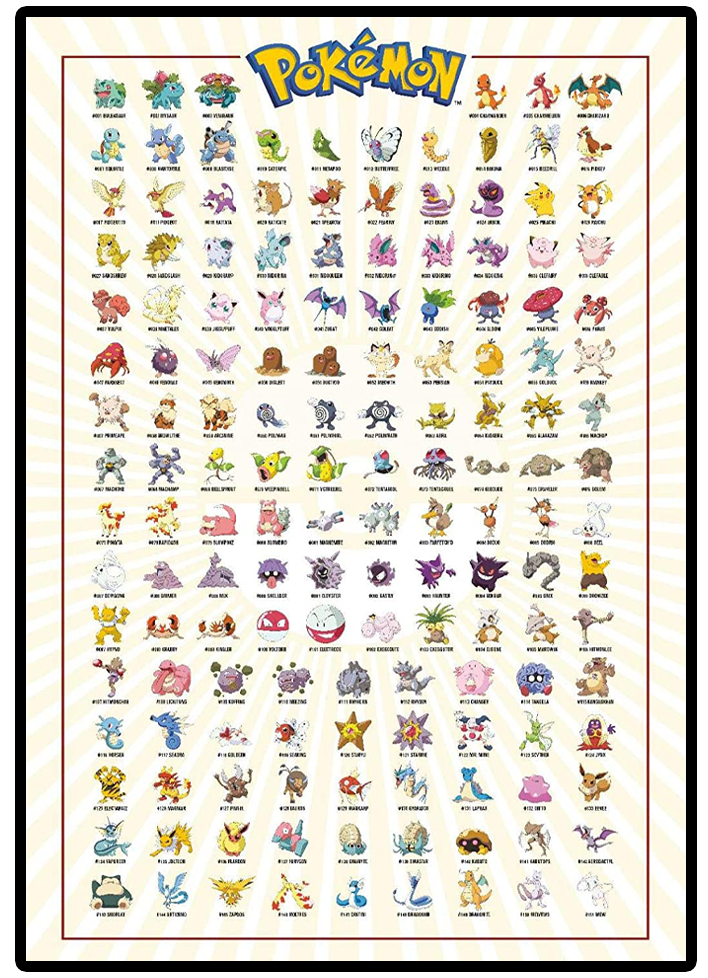
“How did you arrive at the number of Pokemon being 151?”
Sugimori: “Originally, we planned for it to be more like an RPG. It wasn’t until the middle of development we came up with the idea that filling up your Pokedex would be the goal of the game. So from there we had to work on getting the perfect number of Pokemon while keeping in mind our data limitations. We ended up cutting about one-third of the Pokemon we’d created.”
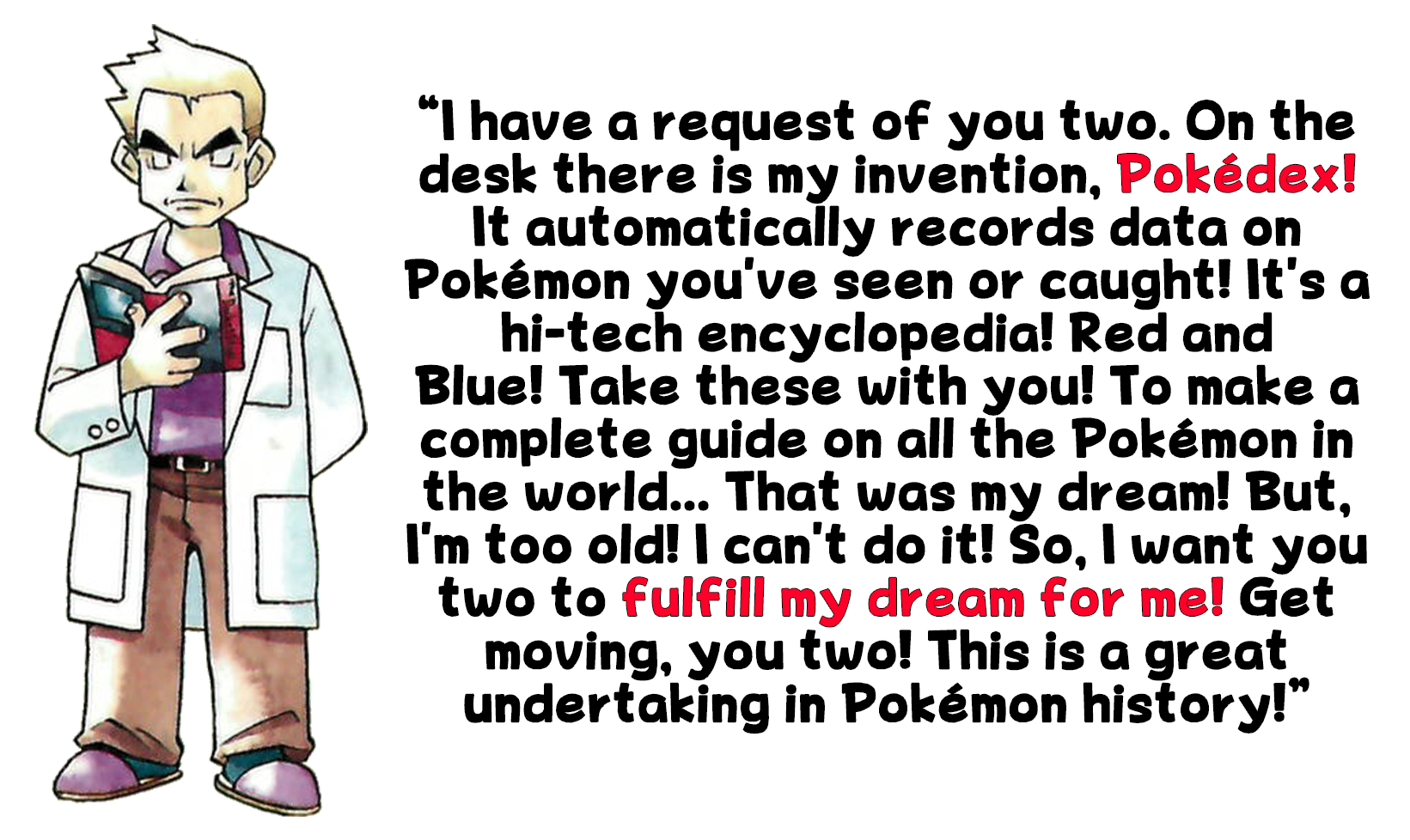
“Why did the objective of the game shift from a standard RPG-style game to completing the Pokedex?”
Sugimori: “As we were writing all the Pokedex entries, we realized it would be fun for players to collect Pokemon. We wanted to break away from the standard format of fantasy RPG’s from the very beginning. Instead of a hero defeating an evil villain, we decided a story about a kid traveling around to complete his Pokedex was more fitting for modern times.”
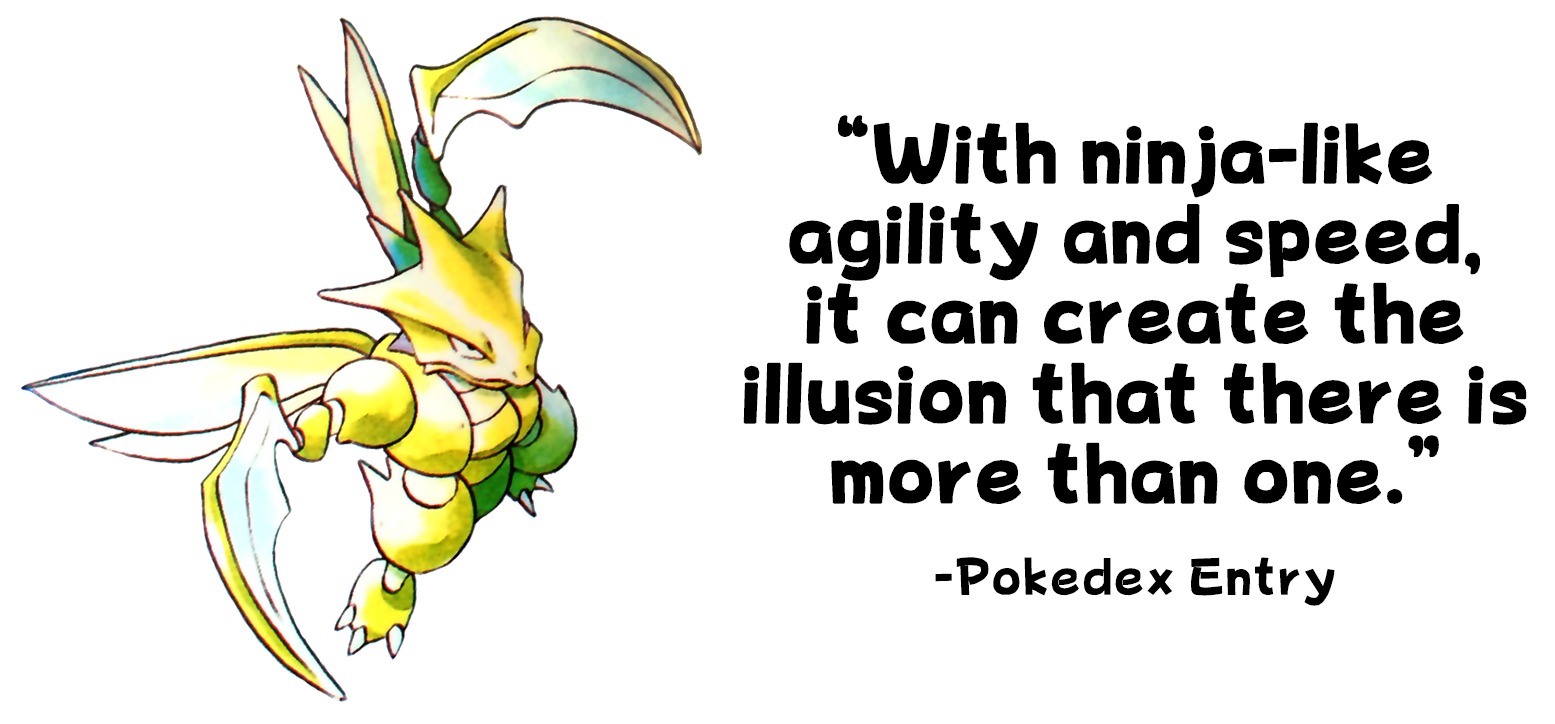
“In most RPG’s the protagonist grows and levels up, but in Pokemon the protagonist level ups the Pokemon they’re traveling around with. Why is that?”
Sugimori: “Well, there was a point in development when we had the protagonist fighting alongside their Pokemon, but we started to wonder, ‘If the protagonist can fight, what are the Pokemon for?'”

Masuda: “At first, the relationship between Pokemon and their trainer was more like pets and their masters. But during the creation process we thought maybe it would be better to make them more like friends and companions. From there it transformed into a story where the protagonist grows together with their Pokemon. Since Pokemon are more like companions, the player can nurture each Pokemon’s individuality. That’s why Pokemon can only learn four moves by the way. A player can express their own individuality by deciding which moves they teach their Pokemon. It’s something we came up with so players would feel like their Pokemon are their friends and their Pokemon.”

“Was letting players nickname their Pokemon another thing you came up with to help reinforce that feeling?”
Masuda: “That’s right. Nicknaming was an idea we had from the very beginning.”
Sugimori: “We had to decide, ‘Is it better to let players create three save files, or be able to nickname all 151 Pokemon?’ Everyone agreed, ‘Let them nickname every Pokemon!'”
“So it’s more important to have an attachment to your Pokemon.”
Masuda: “Absolutely. Trading wouldn’t work if Pokemon didn’t have a sense of uniqueness and different abilities.”

Dr Lava’s notes: In this interview Sugimori says they cut about one-third of the Pokemon they created, which means about 75 were scrapped in development. But in another interview around the same time, published in Game Maestro #4, he said they designed over 300. It appears even Game Freak isn’t entirely sure how many Pokemon were cut. Maybe it’s a bit tricky knowing exactly which ones to count — what if the designers just made sketches, but never sprites? What if a Pokemon was heavily revised then recycled in a future generation, like how Deer may have become Stantler… does Game Freak consider Deer a Lost Pokemon, or just an early form of Stantler?
It’s unclear exactly how many Pokemon were cut from Red & Green, but as of 2020 about thirty have been discovered so far — either the Pokemon Company revealed them on Japanese TV or in Satoshi Tajiri’s biographical manga, or they leaked from the 2018 hack of Nintendo’s servers. For context, Sugimori also said that “hundreds” of Pokemon were created during Gold & Silver’s development, and in a Black & White interview, he said they “probably design around three times more Pokemon than we intend to actually use in the game.” It seems Pokemon tend to get scrapped little-by-little rather than all at once, and Game Freak probably doesn’t keep an official tally. But they keep their design documents in storage, so maybe we’ll get to see more Lost Pokemon in years to come… but probably, most of them will never be made public.
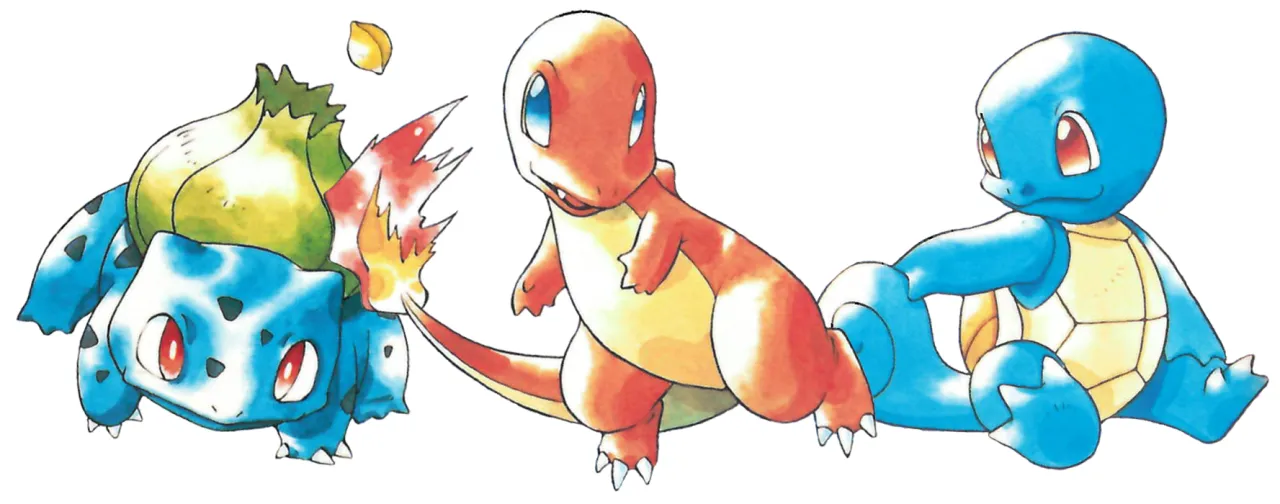
Making the Pokemon
“There are lots of different types of Pokemon, like Water and Grass. Did that concept exist from the very beginning?”
Sugimori: “No, we came up with the idea for types in the middle of development. Battles would be monotonous if Pokemon were simply ‘strong’ or ‘weak,’ so by adding types we were able to add a new level of depth. Later, we even created some Pokemon based on the types themselves.”
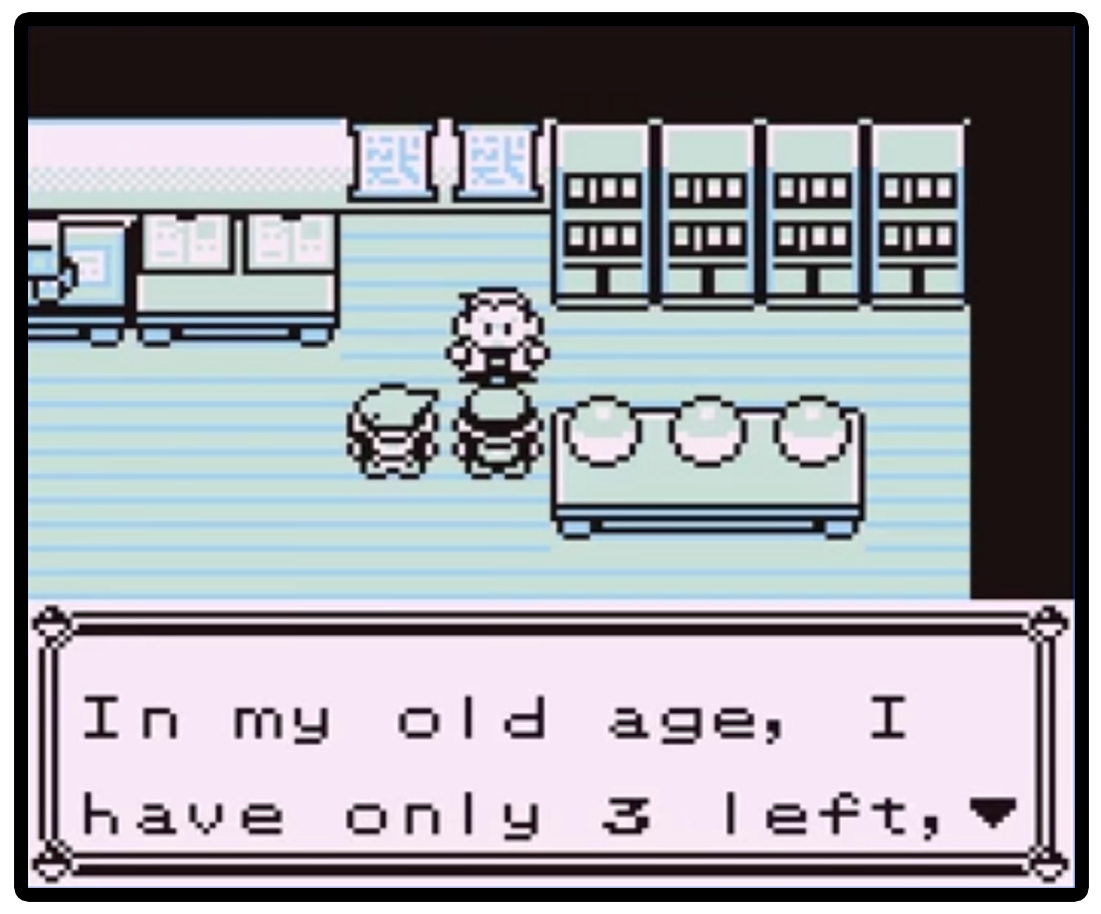
“So some of the Pokemon created early in development were designed without any concept of types?”
Sugimori: “That’s right. Pokemon were originally a lot more dinosaur-like. Choosing between three types of Pokemon at the start of the adventure also came about mid-development. It’s pretty common for our games to change significantly during development. Even just for the beginning of the game, we must have changed it about ten times.”
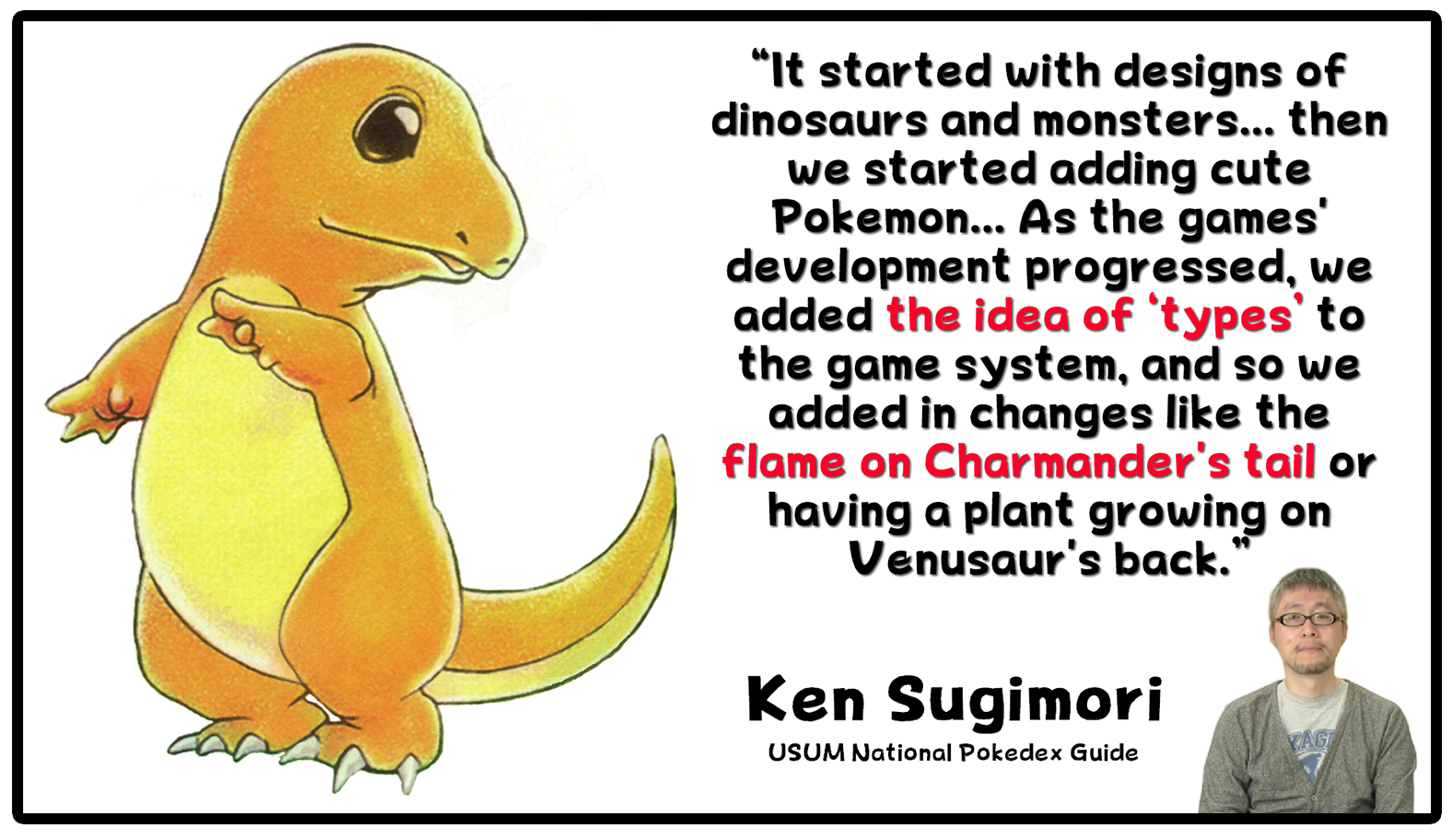
Dr Lava’s notes: Ken Sugimori was the first Pokemon designer, and many of his early designs were brutish Pokemon based on his love of kaiju from Godzilla movies and Ultraman. He sometimes says Clefairy was the only “cute” Pokemon he created for Gen 1. Game Freak eventually brought in Atsuko Nishida because she had a knack for coming up with cute designs — she went on to create Pikachu, Bulbasaur, Charmander, Squirtle, and lots more iconic cute Pokemon. In an interview almost twenty years later, Sugimori went into a little more detail, explaining that when they came up with the concept of elemental types, they went back and added elemental attributes to lots of the Pokemon they’d created earlier in development.
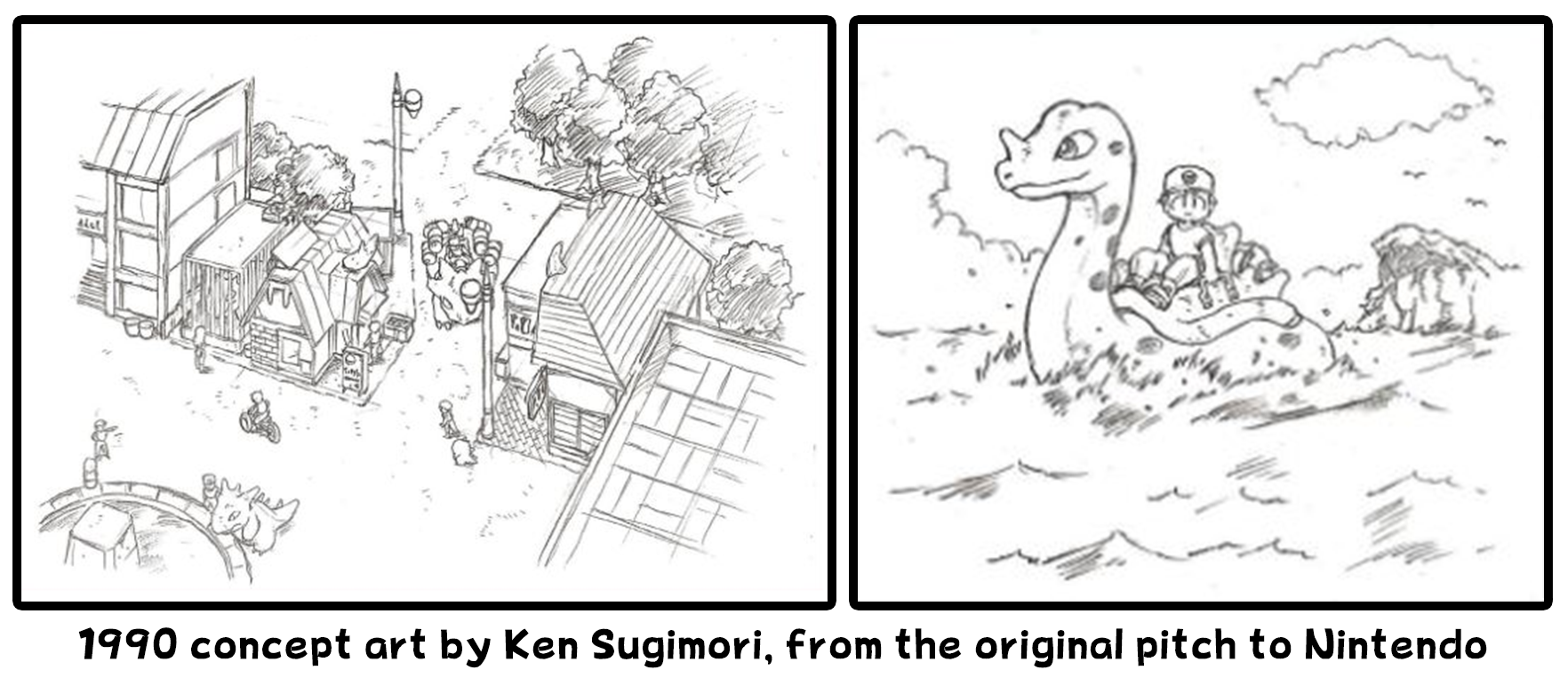
“Who was the first Pokemon ever created?”
Sugimori: “Rhydon, Clefairy, Lapras, etc. Our original idea was for Pokemon to live alongside humans and assist them in useful ways. So the earliest Pokemon had well-defined functions — like ferrying people across the sea or carrying things. I also created Pokemon like Clefairy who were basically cute pets.”
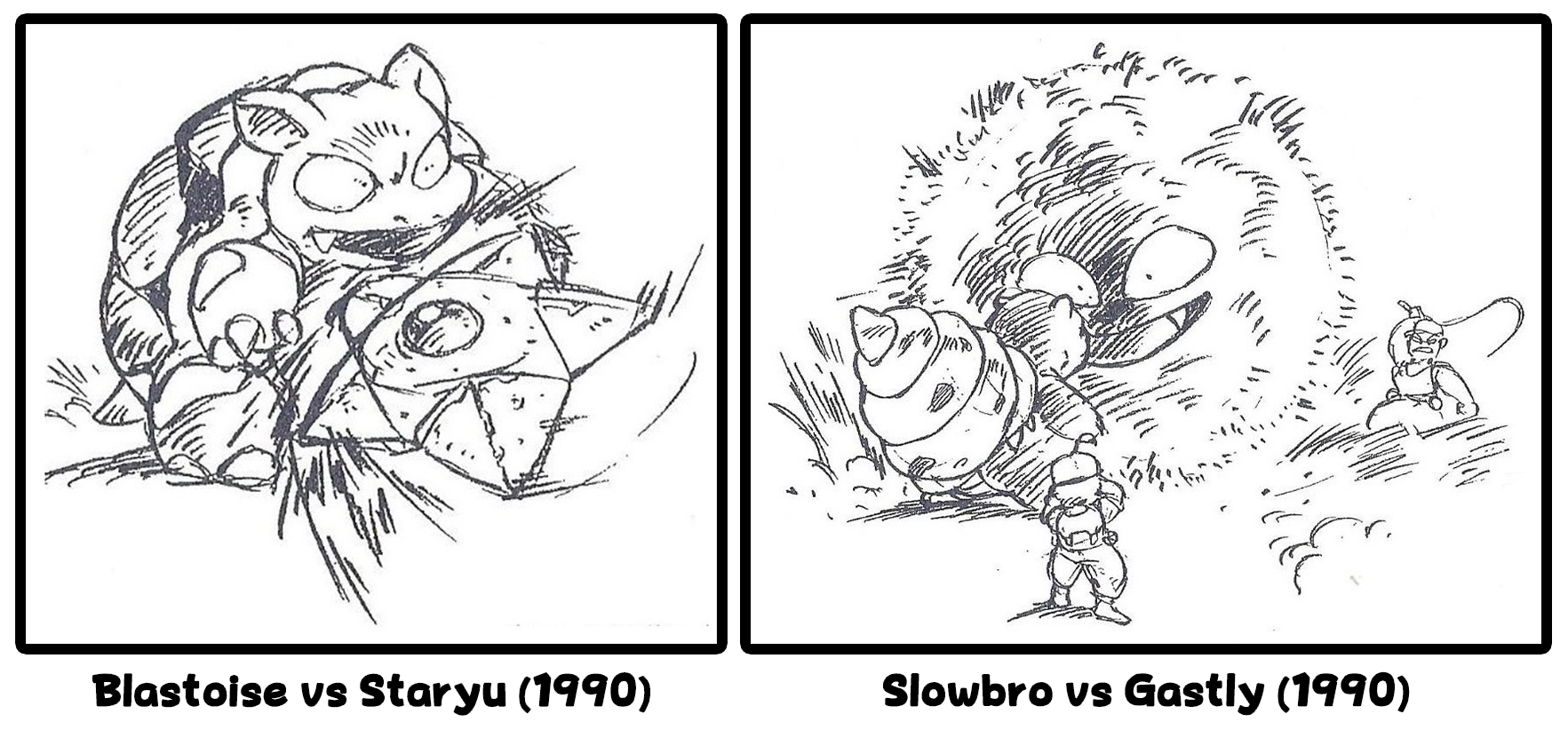
Dr Lava’s notes: It’s worth pointing out a subtle error in Glitterberri’s 2011 translation at this point (no disrespect Glitterberri, you’re great). She translated one sentence as “The first Pokémon were Rhydon, Clefairy, and Lapras.” Over the past decade lots of Pokemon fans (including me) have cited this sentence as proof they were the first three Pokemon ever created. But actually Sugimori’s saying they were among the earliest Pokemon, not the very first three.
Early design documents dating back to 1990 when Game Freak pitched the Pokemon concept to Nintendo also shows some other Pokemon including Blastoise, Staryu, Slowbro, and an early form of Gastly. In Game Maestro #4 he said the first batch of Pokemon were based on kaiju, and singled out Rhydon and Nidoking as two early designs that survived into the final game. Rhydon was the most likely to have been the very first, since it appears the most in pitch documents, and also had the lowest index number in development (0), as well as the games’ final build (1). But Sugimori likely made these sketches in quick succession, and maybe can’t remember the exact order of which Pokemon he created before others. In other words — Rhydon, Clefairy, and Lapras were among the first Pokemon, not necessarily the first three ever created.
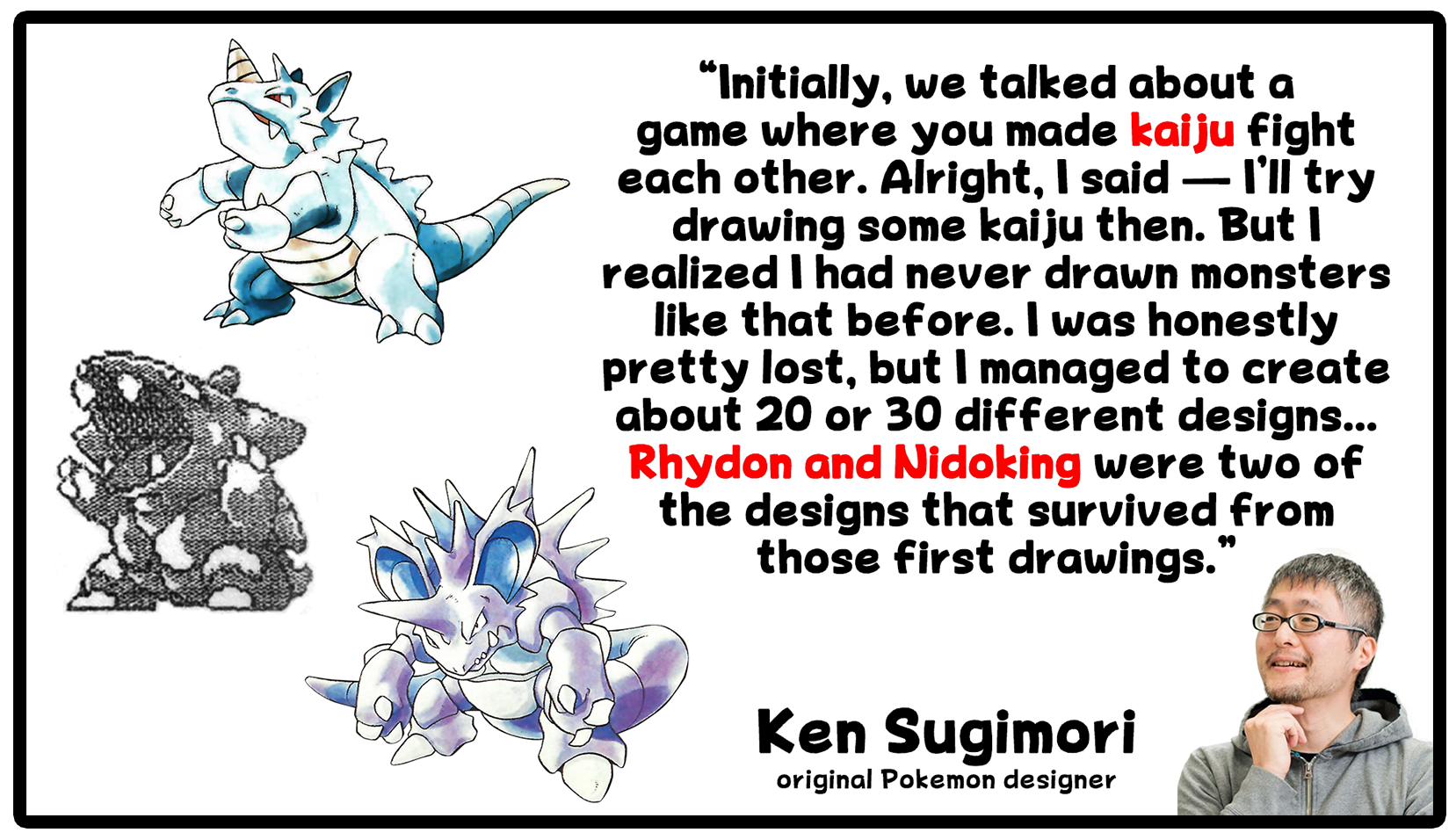
“How were Pokemon encounter rates decided?”
Nishino: “If we didn’t make some Pokemon rare, it wouldn’t be as much fun to collect them. So we made some Pokemon really difficult to get their hands on. We also made it so Pokemon that look like real-life animals are a lot more common in the game. That’s why Pokemon like Pikachu have much lower encounter rates.”
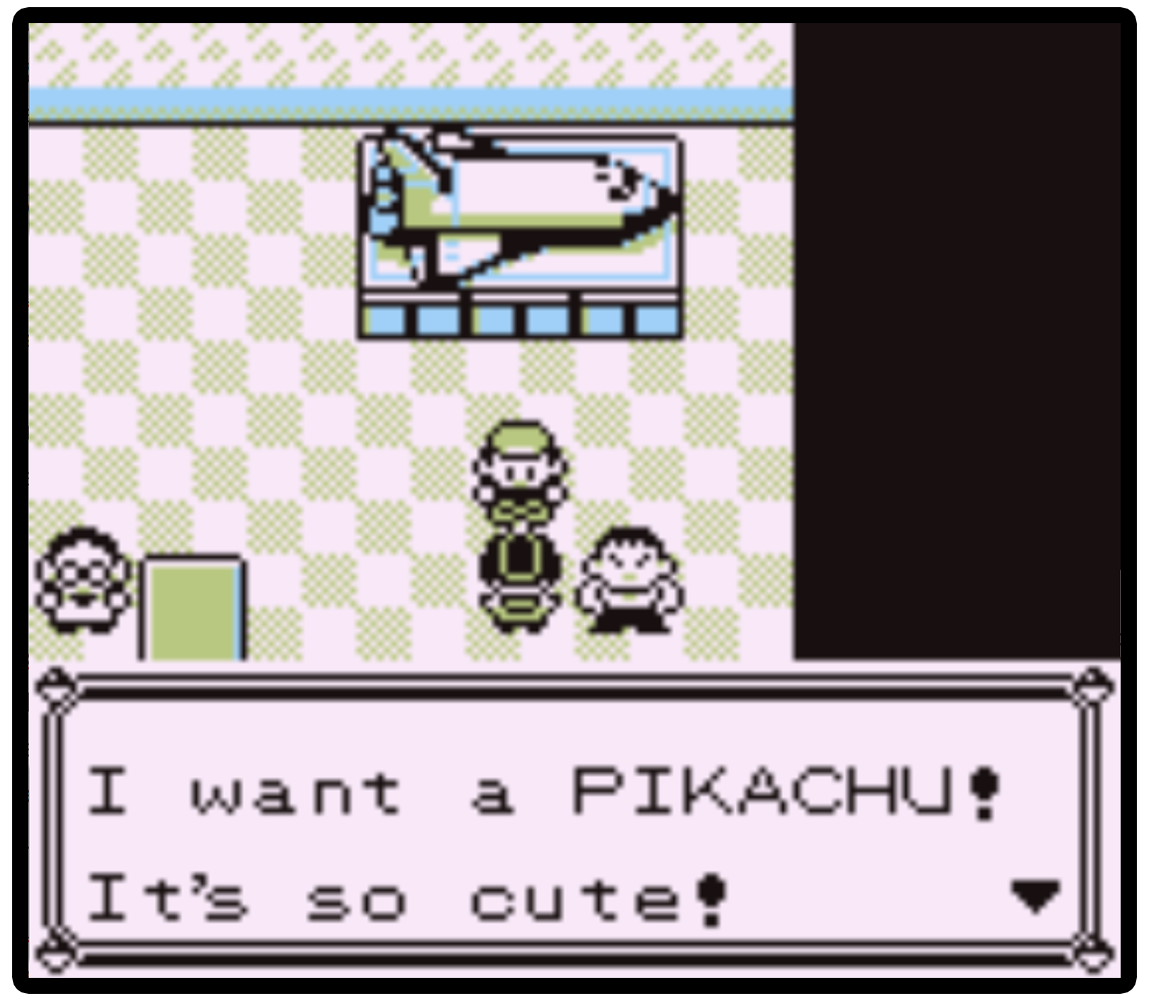
Sugimori: “If someone’s got a rare Pokemon, it makes all their friends jealous. Rare Pokemon are popular even within the game world. There’s an NPC who says “I want a Pikachu! It’s so cute!”, which is pretty much what you’d hear in the real world too.”

Dr Lava’s notes: In a 2018 interview with Japanese newspaper Yomiuri, Nishino explained that in addition to being Gen 1’s planner, he was also the “cuteness supervisor.” He made Atsuko Nishida revise Pikachu’s design again and again until he was satisfied that it was cute enough. He loved Pikachu so much that he wanted to make it difficult for players to find, so he hid it in Viridian Forest with a low encounter rate of just 5%. But of course his plan backfired, and eventually Pikachu became the world’s most ubiquitous Pokemon… it’s everywhere!
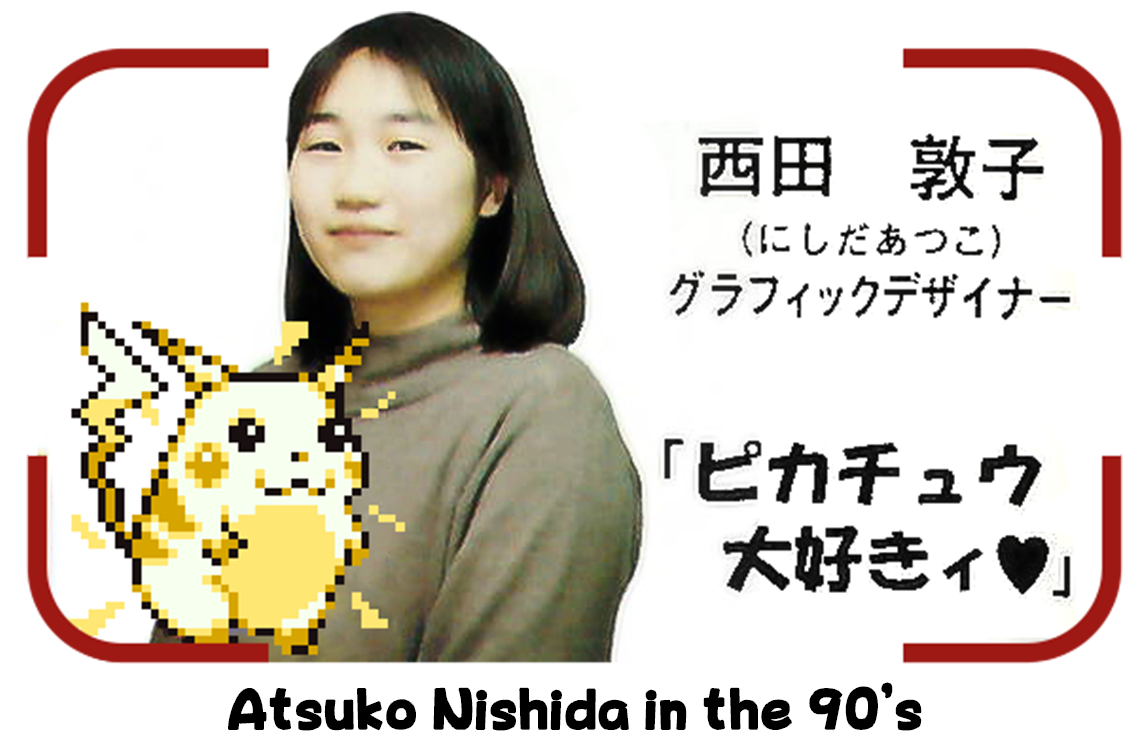
Fine-Tuning
“Had you already decided all the details from the very beginning, or were some things added during development?”
Masuda: “It’s our style here at Game Freak is to continue adding things as we break down the game into its final product. For example, at one point we removed the in-battle HP bar and replaced it with phrases like ‘That hurt’ and ‘That really hurt.’ But we realized that actually made battles less interesting, so we brought back the HP bar. We don’t just come up with ideas and stick to them, we all brainstorm as a team to make sure we end up using the best idea.”

“There are so many different things Pokemon can do in the game. Was that tough for the programmers?”
Watanabe: “It was a lot to handle, but with a lot of hard work we managed to make it happen. I’d say fine-tuning was the most difficult part.”
Sugimori: “With 151 Pokemon, it wouldn’t work if some were really strong and others were just really weak. So we had to balance them out with a lot of fine-tuning.”

“Who was in charge of deciding each Pokemon’s strength?”
Nishino: “Tajiri did the basics but I balanced a lot of the intricate details. First I’d look at the Pokemon’s design and wonder ‘How strong does it look?’ Then we’d put it in the game and test it out — and if it didn’t feel right, I’d make some adjustments. That took me a long time, doing it over and over again until it felt right. There were also times where we decided some of the stats and designs based on what was needed for the story.”
Morimoto: “Sometimes the planners would ask us something like, ‘We want a Pokemon for blocking a path, can you create us a Pokemon for that?'”
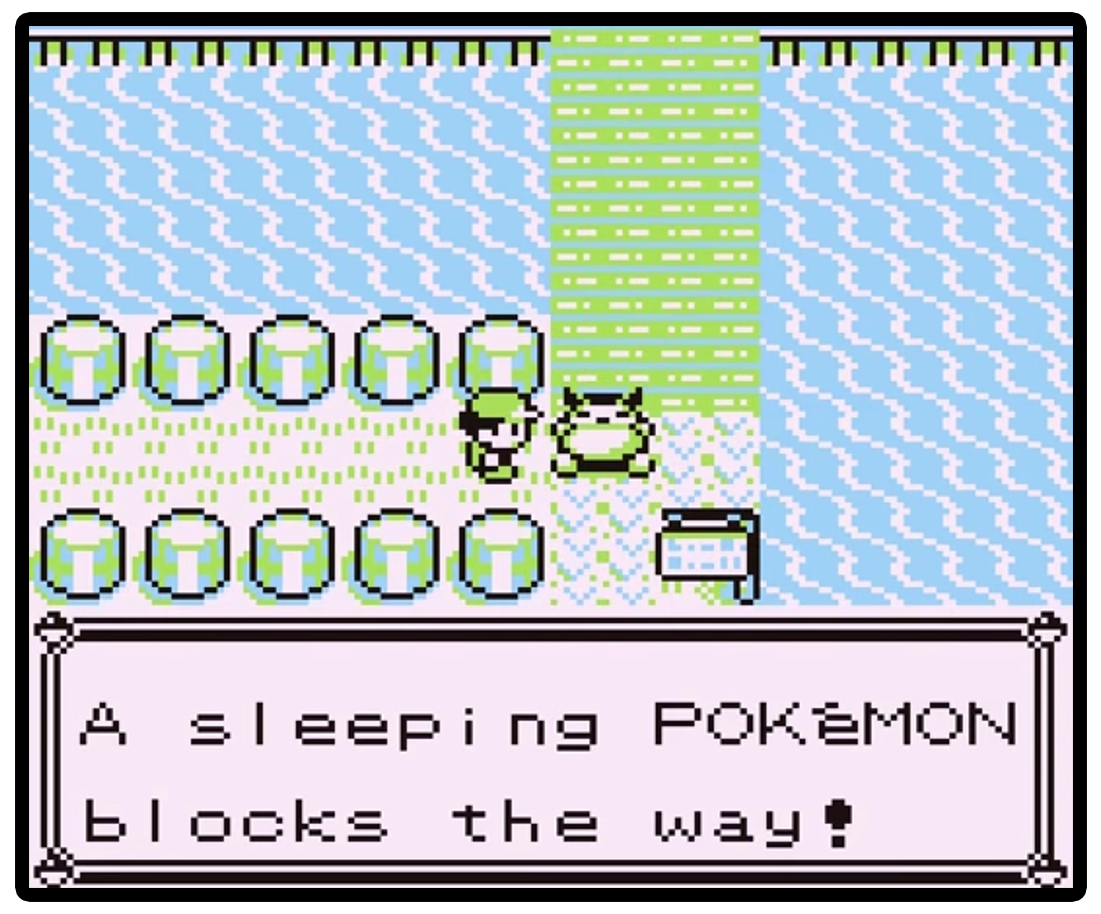
“Were there any unique challenges developing for the Game Boy?”
Masuda: “Well, we knew from the start there’d only be a few buttons and we’d have to fit the game into the cartridge’s small data limits. But it was really rewarding to see we could pull it off in spite of the limitations.”
Watanabe: “We didn’t want to compromise by making excuses like, ‘It’s just a Game Boy game, so this’ll be good enough.’ We always had the mindset that we could make Pokemon even better than a game you’d see on Super Nintendo.”
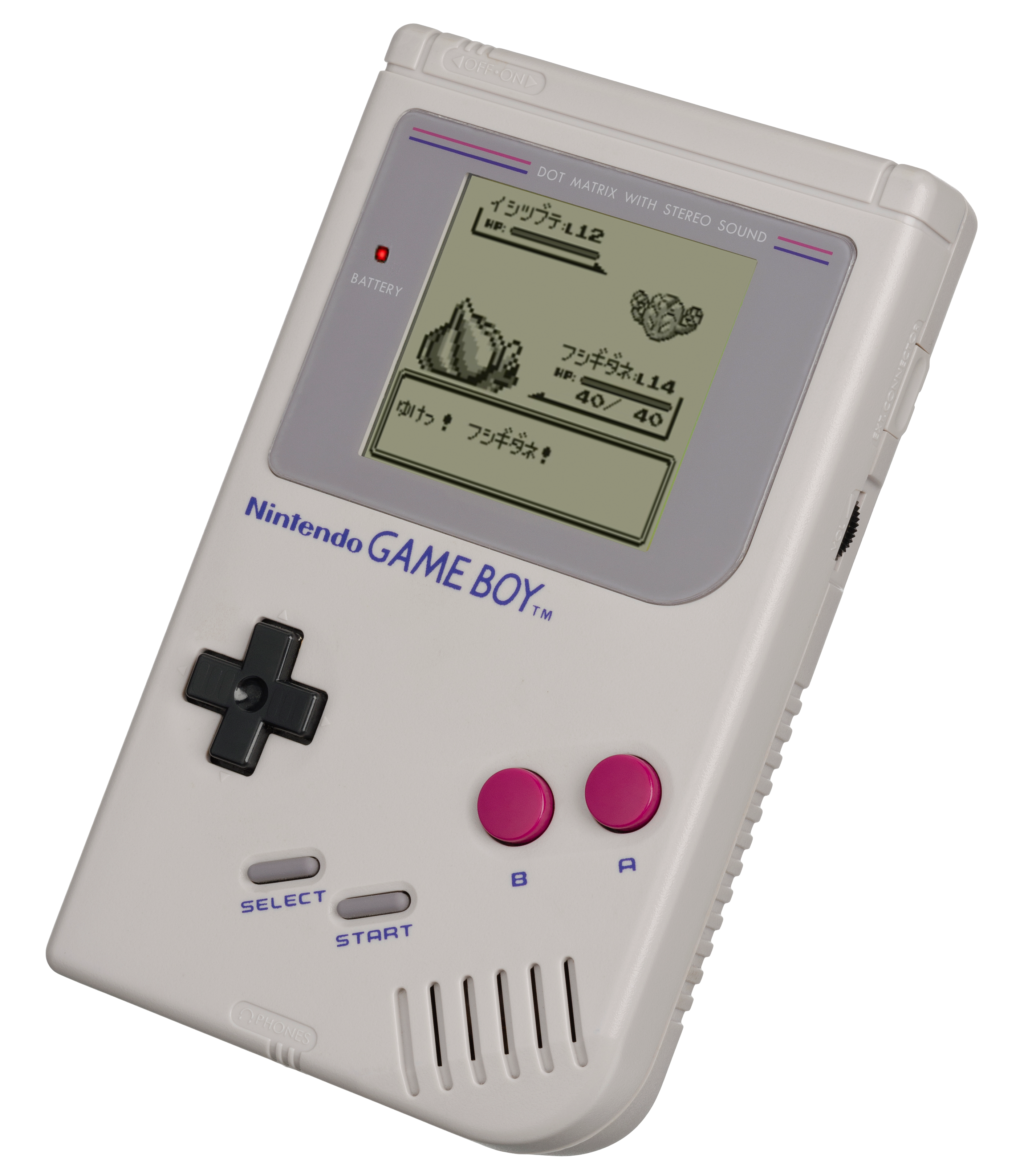
Sugimori: “It’s a small screen and low storage space, so we had to avoid being wasteful to the best of our abilities. The Pokemon sprites were no exception. We couldn’t use a lot of pixels to show all the details, and we couldn’t use many colors either, so we made sprites that were easy to understand and symbolized more complex designs. I think that’s why, as a result, Pokemon were so well-received by a wide range of people.”
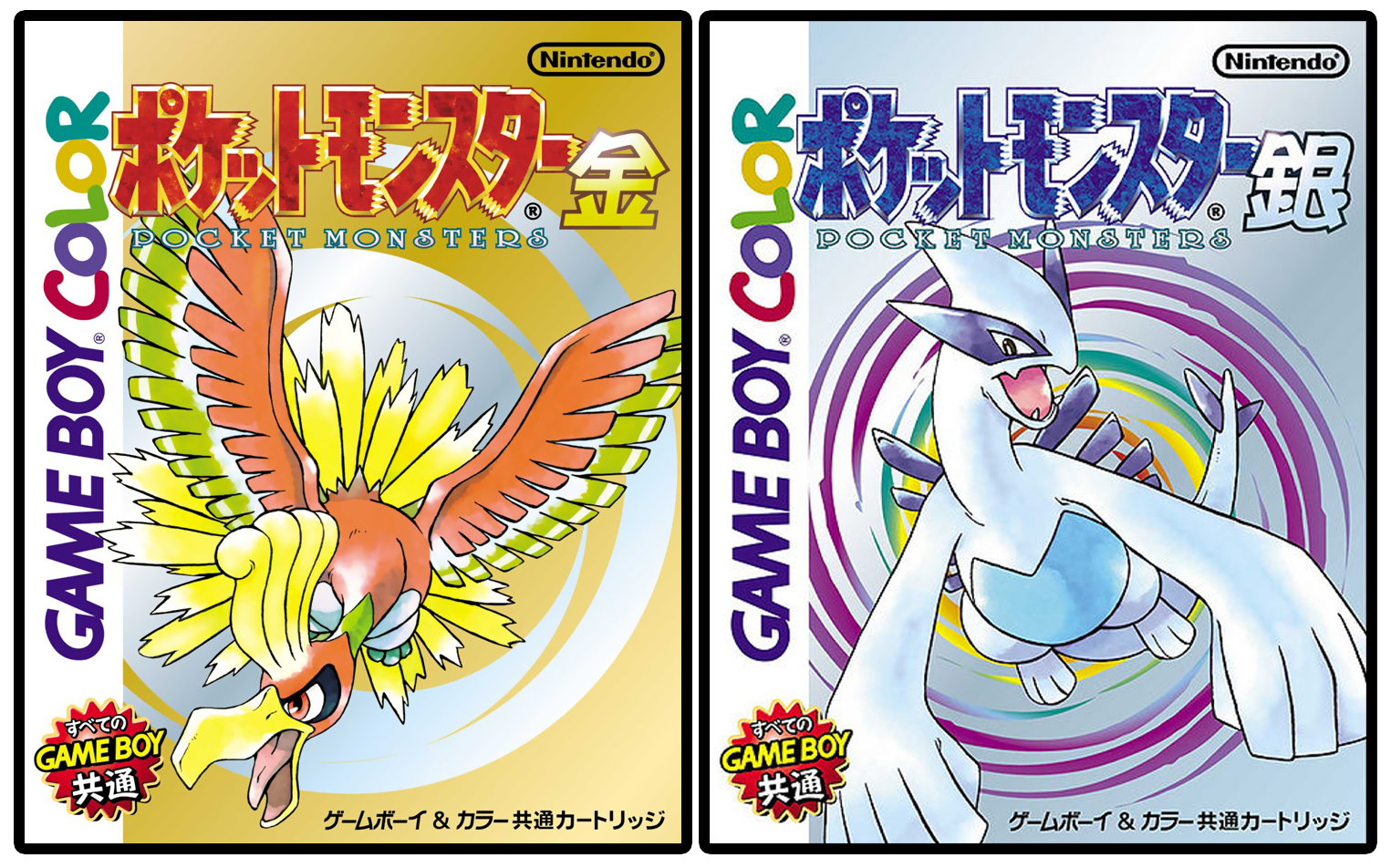
Leveling Up with Gold & Silver
I’d like to move on to talking about Gold & Silver. What are some new features you added into the sequels?
Watanabe: “First and foremost, we added lots more locations you can travel to, and lots of new Pokemon you can collect. We also added some things we couldn’t fit into Red & Green due to data limitations.”
Masuda: “We think the players want to discover new Pokemon in a new region, so instead of Kanto, this time they’ll be exploring a new region called Johto, which is based on the Kansai region of Japan.”
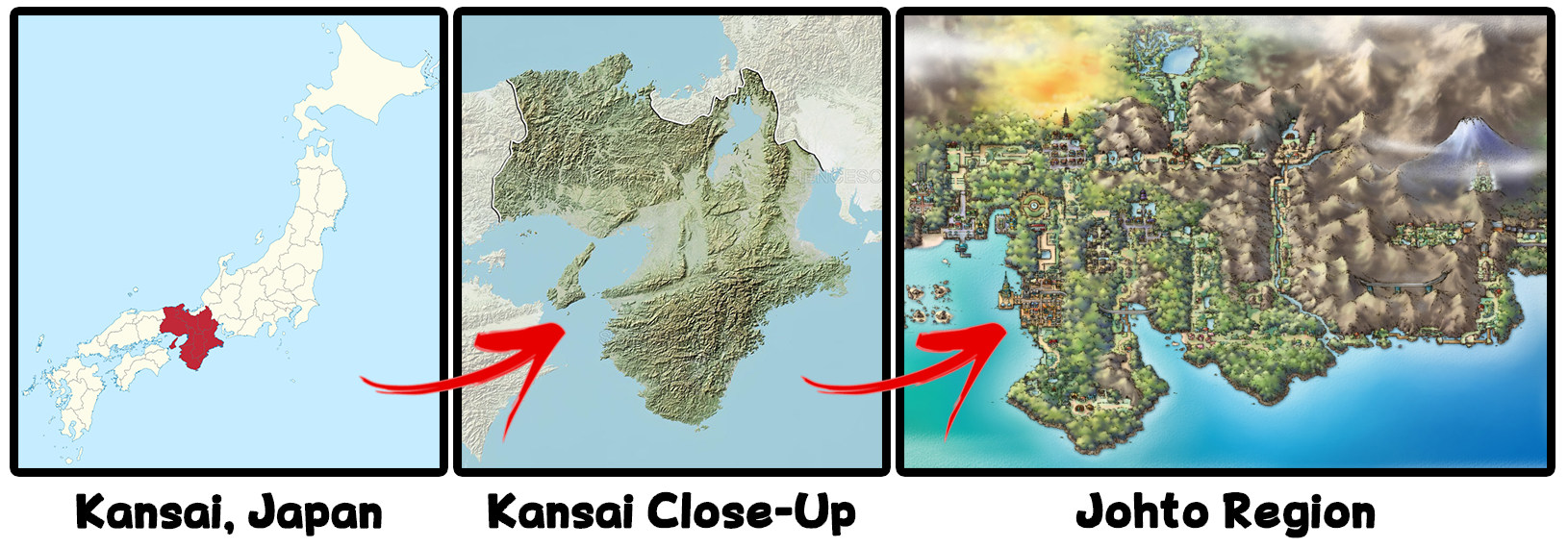
“What kind of programming or system improvements have been made?”
Morimoto: “We made some small improvements, like adding item descriptions and making it easier to see the screen. Our goal was to make Gold & Silver more user-friendly than the previous games, and better-suited to battling over link cables.”
Sugimori: “My goal was to improve the graphics. Of course we’re making use of a lot more color — but now that people have gotten used to Pokemon, I wanted to introduce people to the charm of a whole new batch of monsters.”

Watanabe: “Making the games in color required us to come up with some new programming tricks. Towns aren’t their own separate maps — the whole Pokemon world is connected, right? So as the protagonist walks down a route, the game has to pre-load the graphics of the next town and the next Pokemon he’ll encounter. We’re designing in color this time, so the buildings’ roofs are a different color in every town. We had to make it so the player doesn’t see the roofs change color — so our solution was placing a gate at the entrance of each town, and that’s where the game loads the next color palette.”
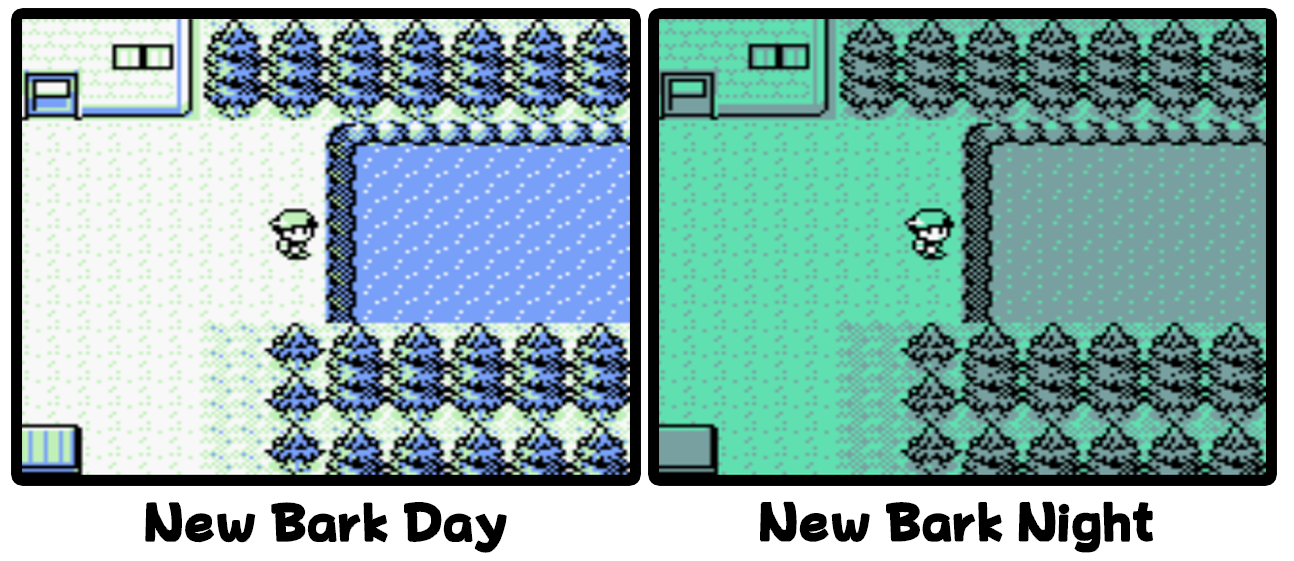
“I see. So even when the protagonist is just walking around, the game is constantly pre-loading lots of data. Also, in Gold & Silver the screen’s brightness changes between night and day.”
Masuda: “Right, and the battle music for wild Pokemon changes between night and day as well. The tempo changes and the tone gets softer — those sorts of subtle changes.”
“The trainers in Gold & Silver have a lot more individuality as well.”
Sugimori: “That’s right. We made it so trainers use particular kinds of Pokemon depending on their trainer type.”
Nishino: “And all the trainers have their own special details too. For example the Schoolkids become Super Nerds when they grow up and Lasses become Beauties.”

“So the trainers grow up too?”
Nishino: “Yeah, it never comes up in the story, but it’s still part of the world.”
Rave Reviews and the Future of Pokemon
“Did you expect Pokemon would turn out to be such a huge hit?”
Watanabe: “We had no idea our creation would turn into such a huge success. We were just happy we got to make the game we wanted to make.”
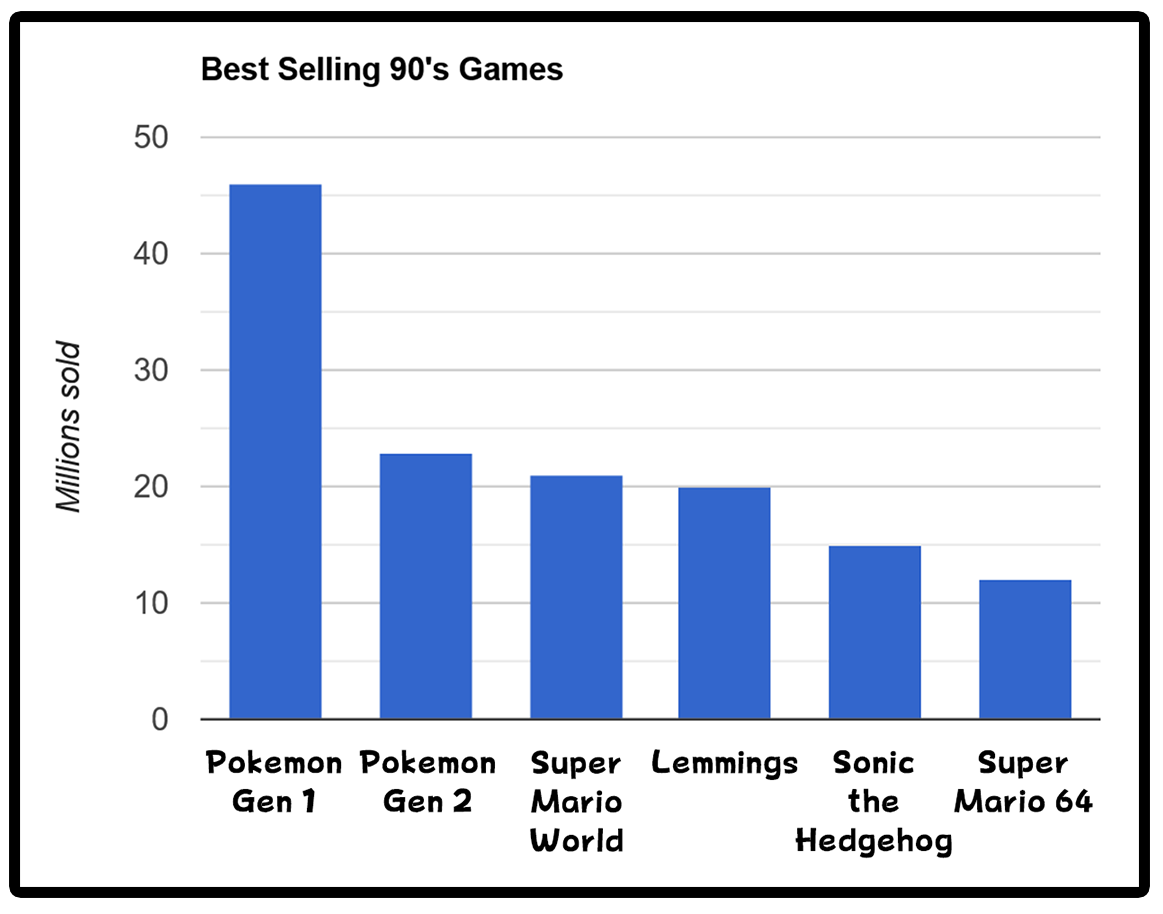
Sugimori: “Of course, we knew we’d have to sell a lot of copies for the concept of trading Pokemon to work. Our initial goal was hoping we could sell 1 million copies. But we never expected it would sell as much as it did. We weren’t expecting Pokemon merchandise would ever be a thing either, so we were happy when all kinds of Pokemon stuff ended up getting produced.”
Nishino: “When Pokemon merchandise first started coming out we got so excited at anything and everything that we bought a lot of them ourselves.”
Morimoto: “I played those gacha machines so many times.”
Sugimori: “We were like, ‘Man, it’s really tough to collect ’em all when there’s 151 Pokemon!’ (laughs)”
Watanabe: “Even though we were the ones that made them. (laughs)”

Dr Lava’s notes: Gachapon machines are similar to what you might find in an American supermarket, but higher quality and more expensive. In the US, you typically insert a quarter for a cheap little toy, but Gachapon usually cost between $1 and $5 (¥100–500). The toys inside are also called Gachapon, and some become collector’s items and grow quite valuable. Gachapon machines can be found in shops in Pokemon XD: Gale of Darkness, and the lottery in Smash Bros Melee is similar to Gachapon as well. Nowadays gachapon-inspired mechanics have been digitally inserted into lots of video games like Arknights as microtransactions, earning them the nickname “gacha games.”
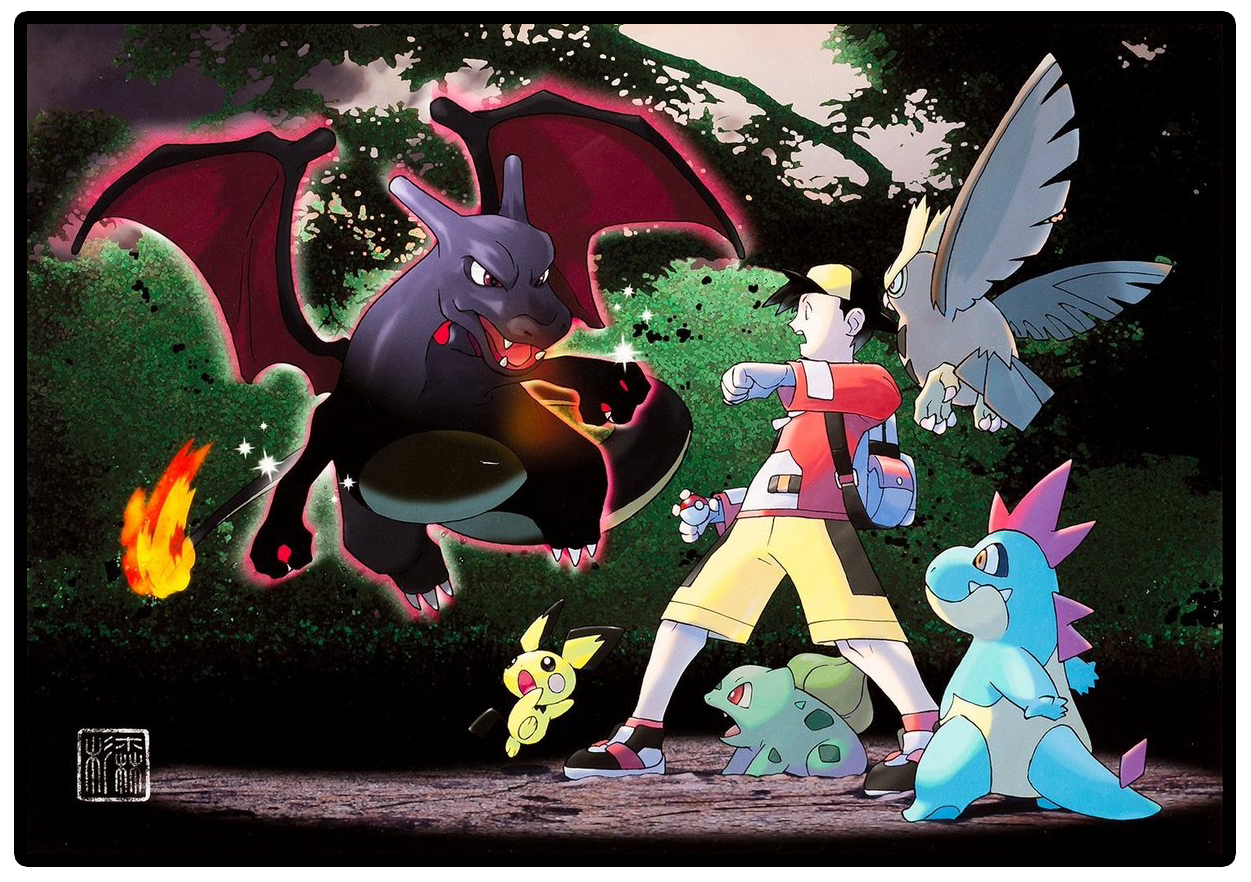
“Last question — what are Game Freak’s goals for the future?”
Masuda: “Our development philosophy here at Game Freak is ‘make it interesting, make it easy to play, and make it well.’ Using this philosophy, we plan to make something that surpasses Pokemon.”
Watanabe: “In the future, I think ‘trading’ will continue to be the theme of the Pokemon series. Personally, I want to keep on creating even more interesting Pokemon.”
Sugimori: “I can’t reveal anything about the new games yet (laughs), but I hope fans will be patient while they look forward to what comes next. Fans have been playing the original games for such a long time, and I want to assure them the new games can be played for a long time as well. Future Pokemon games will do a lot more than just adding more Pokemon. We’re going to try out new ideas every time, so fans won’t be asking ‘This again?’ when we release future installments.
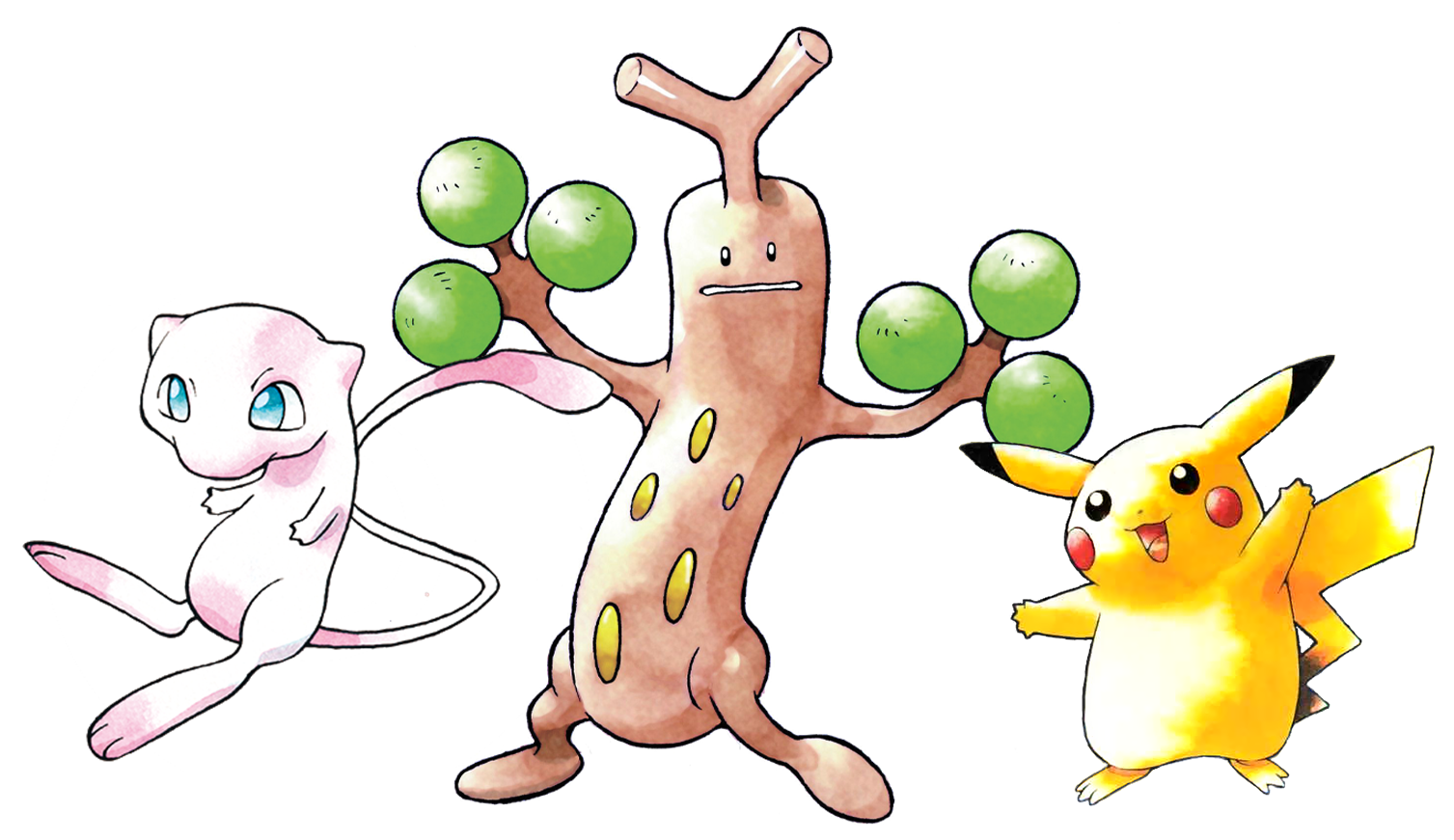
Closing Comments
In addition to a day/night cycle, Gold & Silver also introduced Shiny Pokemon, genders, Pokerus, and lots more innovations. When this interview was published in Nintendo Online Magazine, it was followed by a “bonus article” covering development details for Sudowoodo and a few other Pokemon. It’s entirely separate from this interview though, so I’ve given that translation its own page — click here if you wanna read it. There’s lots more Pokemon translations hosted on this site as well, you can check out the homepage or choose from some recommended interviews linked down below. As always, a big thanks to my Patreon supporters who help fund these translations and keep this site going, it wouldn’t be possible without them. Thanks for reading.
Read More Pokemon Translations:
• Interview: Tajiri and Ishihara discuss Game Freak before Pokemon
• Developer Blog: Pokemon Anime Was Written Under the Influence
• Interview: How Game Freak Creates Pokemon
Videos About Pokemon History:
• Translation: Sugimori Explains Gen 5 Beta Pokemon
• Cut Content: Gen 4 and 5’s Scrapped Lock Capsule Event
• Cut Content: Gen 4’s Internal Data and Cut Content

